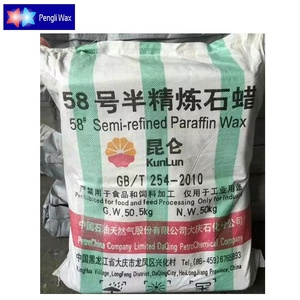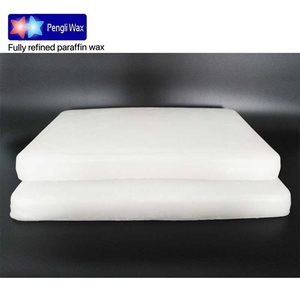Introduction to Paraffin Wax Temperature
Paraffin wax temperature is a critical aspect in various applications, especially in the fields of cosmetics, healthcare, and manufacturing. Knowing the right paraffin wax temperature is essential to harness its benefits effectively. This hydrocarbon-based wax is versatile and widely used due to its excellent thermal properties, stability, and ease of use. In this description, we will delve into the types, functions and features, applications, and advantages of paraffin wax based on its temperature range.
Types of Paraffin Wax Temperature
The temperature at which paraffin wax operates dramatically influences its use and effectiveness. Here are the common types of paraffin wax temperatures:
- Low Melt Paraffin Wax: Typically has a melting point range of 46-50°C (115-122°F). This type is ideal for therapeutic uses, especially in spa treatments.
- Medium Melt Paraffin Wax: This type melts between 52-58°C (126-136°F), suitable for candle-making where a balance between firmness and meltability is desired.
- High Melt Paraffin Wax: With a melting point of 60-65°C (140-149°F), it is often used in industrial applications where high-temperature resistance is required.
- Microcrystalline Wax: A variant with a higher melting point, around 70-85°C (158-185°F), providing flexibility and adhesion in specialized applications.
Function and Feature of Paraffin Wax Temperature
Paraffin wax demonstrates a multitude of functions based on its temperature profile:
- Thermal Insulation: Paraffin wax has excellent thermal insulation properties, which makes it effective in retaining heat in spa treatments and thermal therapy.
- Melting Point Consistency: The defined melting points ensure predictable behavior during applications, allowing for precise control over processes such as casting, coating, and molding.
- Versatile Applications: Depending on its temperature, paraffin wax can be utilized in candles, lubricants, polishes, and even in food processing as a coating agent.
- Compatibility: Paraffin wax maintains compatibility with various additives, enhancing its usability across diverse industries.
Applications of Paraffin Wax Temperature
Paraffin wax temperature plays an integral role across several domains, including:
- Aromatherapy and Spa: Low melt paraffin wax is used for therapeutic treatments, providing soothing warmth that enhances muscle relaxation and improves circulation.
- Candle Production: The medium melt paraffin wax is perfect for creating decorative and scented candles, ensuring they burn evenly and last longer.
- Cosmetics and Skincare: High melting point paraffin wax serves as a key ingredient in many cosmetic formulations, offering emollient properties that keep skin hydrated and smooth.
- Industrial Manufacturing: In this sector, paraffin wax is used for coatings that protect against moisture and corrosion, enhancing product longevity.
Advantages of Understanding Paraffin Wax Temperature
Knowledge of paraffin wax temperature offers multiple advantages, ensuring efficient and effective use:
- Enhanced Safety: Understanding the proper melting and cooling temperatures reduces risks associated with exposure to high temperatures during processing.
- Improved Quality Control: By maintaining the appropriate wax temperature, manufacturers can achieve consistent product quality, which enhances customer satisfaction.
- Reduced Waste: Utilizing the ideal temperature minimizes spillages and wastage during applications, thus optimizing resource utilization.
- Adaptability: Knowing the temperature characteristics of different paraffin wax types allows businesses to choose the right wax for their specific needs, whether it be for deeper therapeutic treatments or intricate candle designs.














































